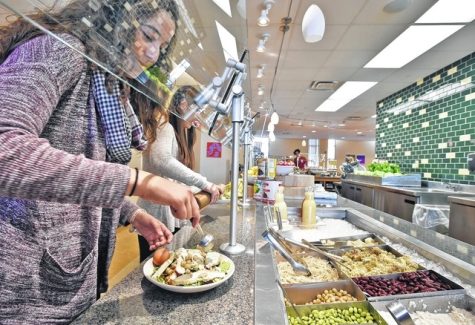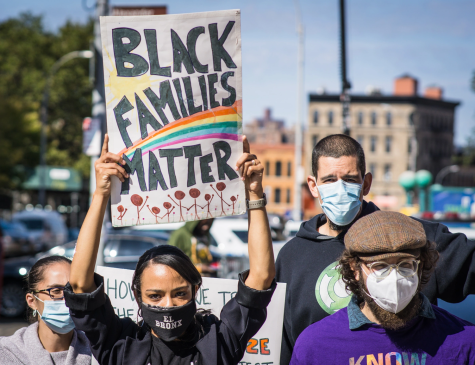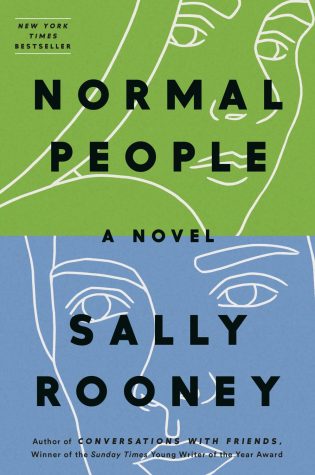The ripple effect of gentrification
August 30, 2017
In the wake of new, high-end apartments being proposed in San Lorenzo, the word “gentrification” has been thrown around frequently in the East Bay.
However, not many people have a firm grasp on what exactly it means. The term itself was coined in 1964 by British Sociologist Ruth Glass in her book London: Aspects of Change wherein she used it reference observed changes in social structure and housing markets within areas of London. Glass described gentrification as “many of the working class quarters [being] invaded by the middle class [and] goes on rapidly until all or most of the working class occupiers are displaced and the whole social character of the district is changed.”
It is not a suddenly occurring phenomenon but rather it is a ripple effect that can stem from multiple causes.
According to Dr. Seth Lunine, a lecturer within the department of Geography at the University of California, Berkeley, “Other forces engendering gentrification are tied into broader political economic trends, most generally expressed in the increased disparity between the rich and poor in the [San Francisco] Bay Area.”
He echoed Glass’s sentiments in that regardless of the cause the outcome is almost always the same: changes to a community such as the displacement of many long-time residents and shop owners.
One such place gentrification has made an impact on is the Temescal District in Oakland, CA. One purported culprit of gentrification is the technology based businesses in the San Francisco and Silicon Valley areas. In 2015, case studies on Gentrification and Displacement in the San Francisco Bay Area by Urbandisplacement.org specifically pinpointed Oakland’s Temescal District due to its “proximity to San Francisco and transit accessibility via the BART system.”
According to a report published by California’s Legislative Analyst’s Office (LAO.ca.gov), the median home value in the U.S. in 2015 was just below $200,000.
In California, however, the median value was just above $400,000. So those new residents that are coming from out-of-state look for residences in more “affordable” areas such as Oakland as opposed to more affluent areas.
From a home or property owner’s perspective, this does not have a negative effect; it is quite the opposite.
According to that same report, in 2010 the average cost of a home in California was in the high $200,000s which means property values increased in 2015.
This is of course bad news to those that have long been renting any type of living space in Oakland. Lunine also said, “Over the past five years, rents in Oakland have increased more than in any other U.S. city.”
According to Christian Roessler, Professor of Economics at Cal State East Bay, one contributing factor can be that these “newcomers” to the area are willing to pay more than current residents as it is still considered more affordable than living in more affluent areas of the Bay Area.
This influx of higher bidding renters triggers landlords to drive up prices of rent which in turn displaces current residents as they can no longer afford the rent.
The ripple effect continues from other economic aspects as the influx of these affluent residents has increased the purchase of normal goods and decreased the purchase inferior goods.
Roessler explains that a normal good is something people will buy more of when they have more income whereas an inferior good is something people will buy less of when they have more income.
An example would be fast-food restaurants. For those on a budget, McDonald’s will do the trick. The same goes for smaller, “mom-&-pop” type convenience stores.
Those that are not so concerned with their expenses can choose to eat and purchase goods at higher end establishments hence the increased number of specialty, “artisan” type shops, boutiques and restaurants that have become more prevalent in the Temescal District.
Other than a couple of fast food restaurants in the area, a McDonald’s and a Jack in the Box, most shops and restaurants in the area are specialty establishments such as Homeroom Mac+Cheese, Beauty’s Bagels, and Standard and Strange, a store that markets itself as a high-end, men’s clothing store.
Yes, gentrification does have purported positive aspects: higher property value, increased local tax revenue due to residents purchasing locally, and the reduction of urban sprawl.

















